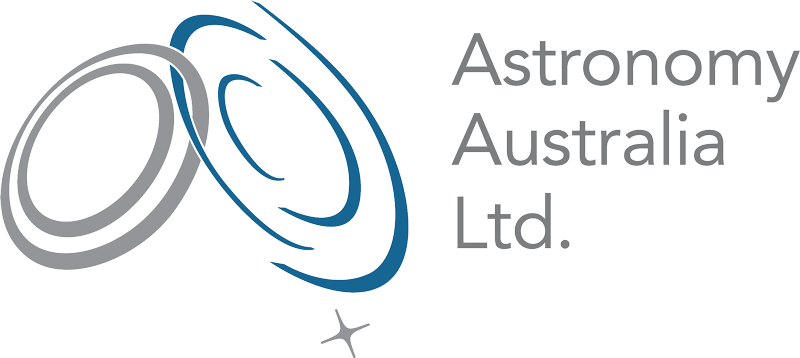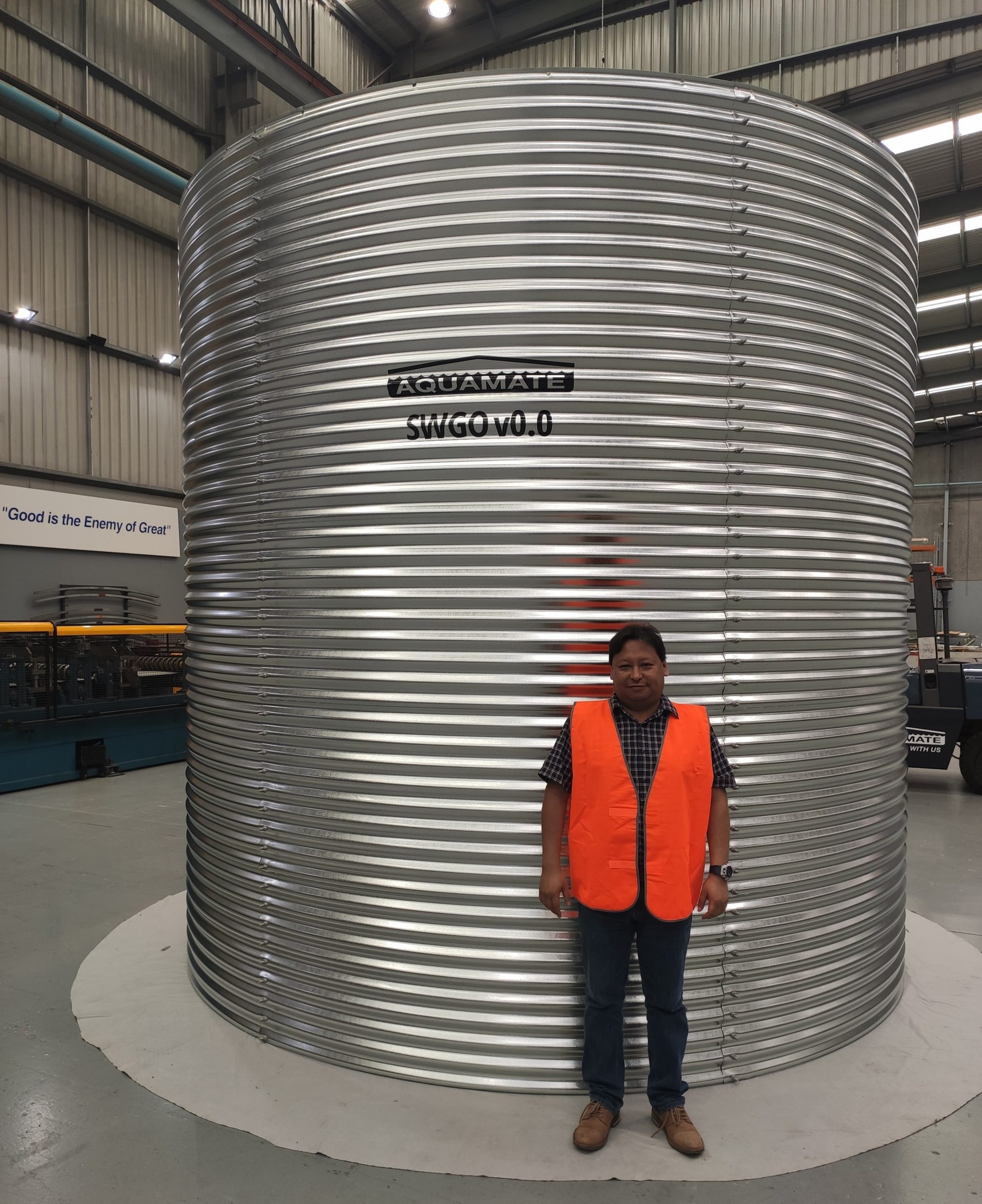A four-year project working with gamma-ray astronomers has become a possible game-changer for an Australian water tank manufacturer based in suburban Adelaide.
Aquamate was established in 1986 as a company that repaired leaking concrete tanks – an unassuming beginning for a company that grew into a leading supplier of large volume water storage systems, producing and installing polymer lined steel tanks across Australia and around the world. Aquamate is vertically integrated, manufacturing all components in-house, including their tank shells, roof structures and internal plastic membranes (or bladders).
So, how does this relate to astronomy? Simply put, gamma-rays are the most energetic form of light in the universe, but they are not directly detectable from the Earth’s surface. Fortunately for astronomers, gamma-rays produce ‘showers’ of high-energy particles when they interact with our atmosphere. This interaction creates a very faint blue flash, and astronomers can observe these using highly sensitive detectors. It is easier to observe the flashes in bodies of water – which is where Aquamate comes in.
An international collaboration of astronomers (including Jose Bellido Caceres at the University of Adelaide) first contacted Aquamate in 2018. The brief – to build a prototype water tank for the future Southern Widefield Gamma-ray Observatory (SWGO) – proposed to be built in South America. It was to be a sister site to the existing northern hemisphere High-Altitude Water Cherenkov (HAWC) Observatory, located in Mexico. With a pause due to COVID-19, Aquamate started work on the SWGO project in 2020.
Jose approached AAL to fund two prototypes for testing by the SWGO team. After learning of the project, AAL worked primarily with the Entrepreneur’s Programme (sponsored by the Department of Industry, Science and Resources – DISR) to support Aquamate and the astronomers. Advice and funding from AAL and DISR representatives allowed the SWGO team and Aquamate to proceed, eventually developing a new style of water tank for the prototype. CEO Danny Di Iorio, also invested a large amount of Aquamate funds into the research and development stage, ensuring the water tank prototypes were made to be completely light-tight. All materials were also designed to make transportation and assembly as easy as possible, as the tanks would have to be hauled over mountains to reach remote observatory sites in South America and put together using only basic tools.
Four years later, with a series of successful prototypes under their belt, Aquamate now finds itself in a very good position to become the sole supplier for the SWGO. The final decision will not be made until the end of 2024, and Danny Di Iorio is not willing to celebrate until an official decision has been made. He is, however, confident that Aquamate has created an excellent product, having purchased a new manufacturing kit in order to produce the 100% light-proof tanks. With a complement of 4,000 tanks required for the SWGO, he notes that winning the contract would be a game-changer for Aquamate.


